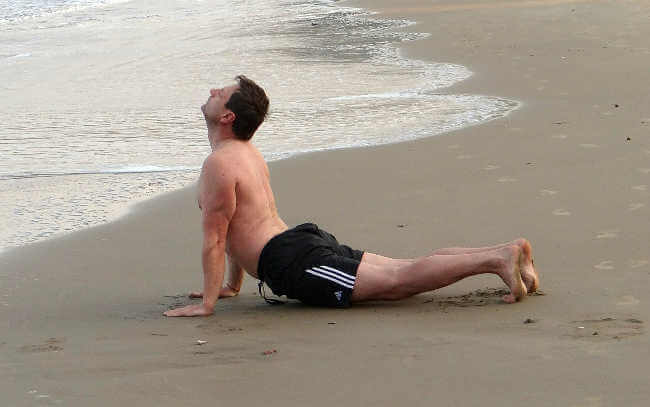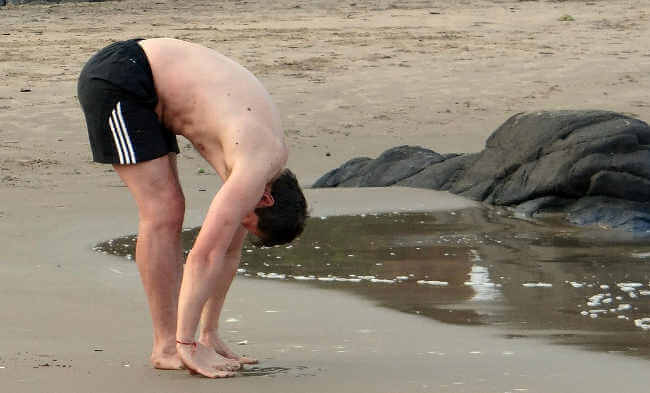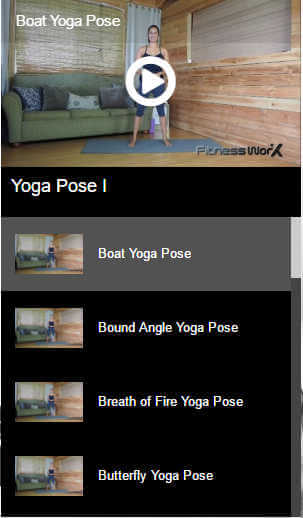There are many forms of yoga available, from traditional Hatha to the more modern inventions of Bikram and hybrid yoga style like Dahn, a combination of yoga and the martial art of tai chi. Kundalini (pronounced CUNH-dah-LEE-KNEE) yoga is the only form of yoga that is specifically designed to awaken quickly the power within everyone who practices it, for a healthier mind, body and spirit.
The awakened energy is then harnessed and directed in order to achieve particular goals. There’s no need to feel ‘stuck’ any more once you start to learn particular Kundalini yoga sets for the areas you wish to work on in your life.
We will outline the essentials of Kundalini yoga, its history, methods, and why it is so powerful. We will also outline several sets of Kundalini yoga exercises, known as kriyas (KREE-yah), to awaken the power within and boost health and vitality. So let’s get started with what Kundalini yoga is and why people practice it.
What is Kundalini Yoga and why do you need it?
The word Kundalini means coiled up and refers to the idea that valuable energy is coiled around the spine like a snake. The goal of Kundalini yoga, therefore, it to release this energy and move it up through the body so the energy can be directed in order for a person to transform their body, mind and spirit.
It is important to note that it is not just physical energy, but also spiritual energy, and what we might describe as inner wisdom. Kundalini yoga is seen to be one way of tapping into our spiritual force for greater awareness, raised consciousness, and closer connection with the cosmos so that we can achieve our full potential, a second meaning of the word Kundalini.

Most yoga practitioners will agree that Kundalini yoga will make any student very strong in a short amount of time, and without anyone having to turn themselves into a human pretzel. It is a great workout even if you are not interested in concentration and meditation.
It was founded in the 5th century AD and practiced for centuries in India. It was brought to the West by in the late 1960s by the teacher Yogi Bhajan, whose father had been a medical doctor. Yogi Bhajan began to study yoga at a very young age, perhaps with the thought that rather than try to cure disease, it was best to try to prevent it in the first place by maintaining a healthy body and mind. This is one of the main beliefs behind traditional Indian medicine, Ayurvedic medicine.
Yoga has been around for more than 5,000 years, so it does not belong to any one single religion or school of thought because it pre-dates religions. Having said that, if you see pictures of Yogi Bhajan, you will note that he had a turban and beard and wore white clothing. Yogi Bhajan followed the Sikh religious tradition. Sikh means student, and their teachers were known as Gurus, which actually means teacher rather than ‘expert’ as many people believe because the word is now so common in the West. Some people at the Kundalini yoga classes will wear turbans or wear white clothes, but most students are regular people of all ages, physical abilities and religious persuasions.
Yogi Bhajan died in 2004, but he left a legacy of health and healing through noting down the kriyas that had been passed down for generations and making the most of audio and video to record and preserve the kriyas and other teachings.
But is Kundalini yoga safe for everyone, including older people? Let’s discuss some of the reasons why it is in the next chapter.
Kundalini Yoga for Older person
Whenever you choosing the right exercise for you, safety should be paramount in your mind. This is particularly important if you have not worked out for a while. One of the beauties of yoga is that it use your own body weight to give you a good workout. Yoga can be done anywhere, and Kundalini yoga can be done anywhere at any time to awaken the power within and transform what you wish in your life once you have mastered a few basic poses and sets (kriyas).

There is no need to look like a bendy pretzel to get real results in Kundalini yoga. There is also no real emphasis on being as thin as a twig, or in working out to attain the ‘body beautiful’ as there is with other forms of yoga like Hatha. There are no levels as there are with Hatha and Bikram, no emphasis on competition as there is with Bikram, and no emphasis on perfection as there is with Bikram and Iyengar.
The main point is to awaken the Kundalini energy within to enhance your health and well-being of body, mind and spirit in each of your yoga sessions. Most of the poses are ones anyone can do if they concentrate and try their best. There should be no thought of ‘pushing through’ pain or trying to perfect a particular pose.
Some of the poses are standard as you would find in Hatha, others are interesting, might seem a bit odd, or are just plain fun.
Some kriyas will be mostly physical, and others predominantly meditational. Most will be a reasonable balance of both.
Most Kundalini yoga sessions lasts 90 minutes in most Kundalini yoga studios and will start with a warm up and cool down. It will also usually have a ‘tune in’ to quiet the mind and body to get ready for the work ahead. Most sets also contain a deep relaxation session, usually at the end of the class.
The tune in is a chant in Sanskrit repeated 3 times: ONG NA MO GURU DEV NAMO. It means, “I bow to the teacher within and to divine wisdom.” It is thought to be a way of awakening the energy channels in the body. At the end, you will tune out with “SAT NAM,” I am truth.


